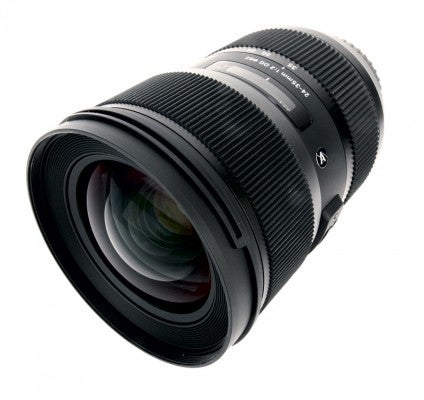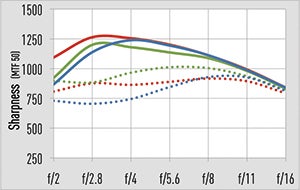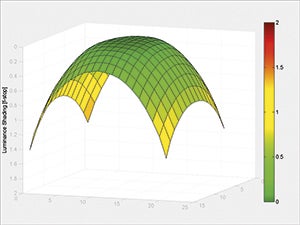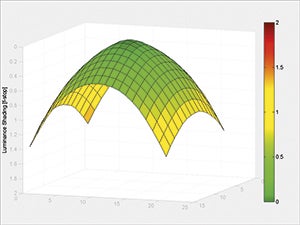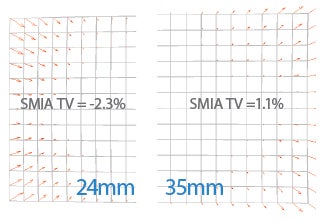Sigma’s latest optic claims the title of being the first full-frame zoom lens with an f/2 aperture, but is it a viable alternative to the manufacturer’s wideangle primes? Michael Topham finds out.
Sigma 24-35mm f/2 DG HSM A review
Image quality

This shot of Ightham Mote in kent revels the level of sharpness you can expect towards the center f/2.
An inspection of real-world images taken at 24mm with the aperture set to f/2 reveals very good levels of sharpness in the centre. The edges at this setting are perceptibly softer than the centre, but things quickly sharpen up as soon as you approach f/2.8 and push towards f/4. The sweet spot for centre and edge sharpness at 24mm is found at f/8.
Our lab results confirmed the real-world findings that there’s the faintest drop in sharpness in the centre at 30mm, although the edge sharpness remains impressive at this focal length when it’s opened to f/2. Pushing the zoom to 35mm sees the centre sharpness rival that recorded at 24mm beyond f/4, with optimum sharpness once again being found in the region of f/8.
Vignetting is most obvious at 24mm. There’s a gradual improvement as the aperture is closed from f/2 to f/4, with virtually all traces of corner shading disappearing by the time you reach f/5.6. It’s a similar story at 35mm, although the illumination fall-off at f/2 isn’t quite as dark as it is at 24mm.
A little red and green chromatic aberration was noted at the edge of some shots, but it’s by no means severe and should be a relatively easy fix by applying the relevant lens profile in Camera Raw and Lightroom when it becomes available. Our distortion chart also flagged evidence of some barrel distortion at 24mm and some pincushion distortion at 35mm.
To answer my earlier question of how it compares to Sigma’s 24mm f/1.4 DG HSM | A and 35mm f/1.4 DG HSM | A lenses, the 24-35mm f/2 DG HSM | A resolves impressive sharpness, but a side-by-side comparison of our Applied Imaging charts revealed a slightly superior sharpness from both primes in the centre with less obvious distortion at the corners. As for corner shading, this lens displays more vignetting when it’s used wide open than when both primes are set to the same aperture setting of f/2.

I set the Sigma 24-35mm to f/16 and used a 10-stop ND filter to create this long exposure coastal landscape.
Resolution
Our new graphs from our Applied Imaging tests show that the lens produces impressive sharpness at the wide end of the zoom when it’s set to f/2. You can expect a drop-off in sharpness at the edges, but closing it down to f/2.8 and f/4 improves things. There’s a slight drop in sharpness at 30mm, and to achieve optimum sharpness from the centre to the edge you’ll want to shoot between f/5.6-f/8.
Shading
Shooting at f/2 creates strong vignetting in the corners. Stopping the lens down to f/4 sees vignetting reduce significantly and things only get better when you set the lens to f/5.6 and beyond. While the vignetting won’t be to everyone’s taste, it can be used effectively to draw the viewer’s eyes to a central subject in the frame.
Curvilinear distortion
Our test charts reveal moderate levels of barrel distortion at 24mm, with straight lines towards the edge of the frame bowing outwards. This isn’t unusual for a wideangle zoom and the forthcoming lens profile should correct this. There were also signs of pincushion distortion at 35mm.





